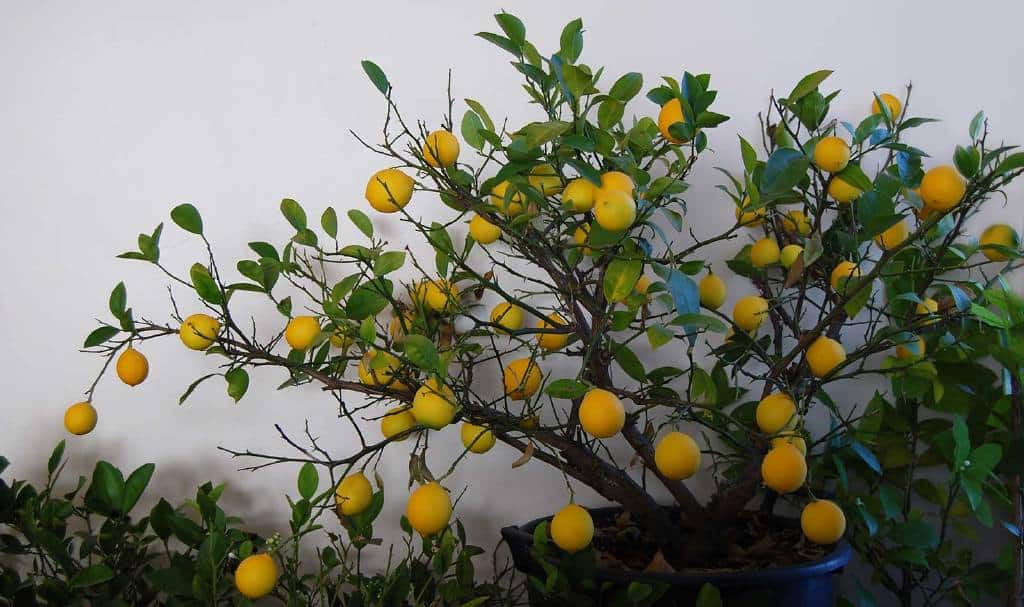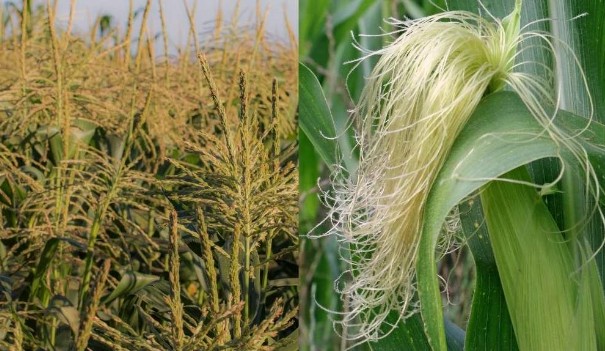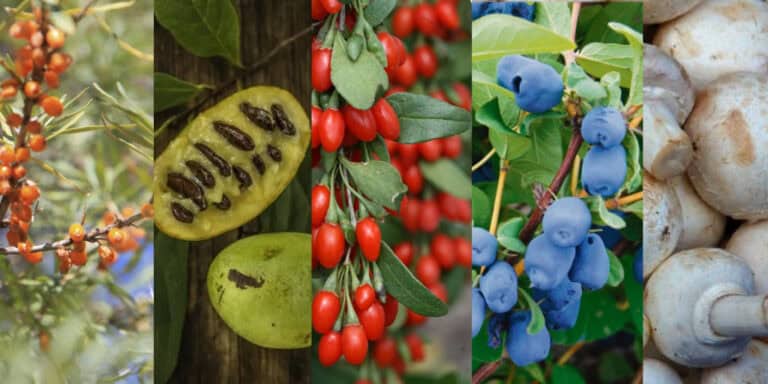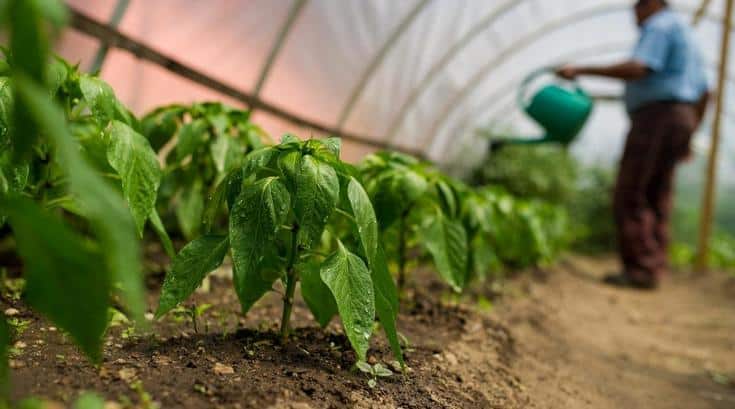Where Do Lemon Trees Grow Naturally? Discover Their Native Regions

Lemon trees have always felt a bit like magical creatures to me. Their vibrant yellow fruit seems to capture the sun’s essence in a single zesty burst. Growing up, I imagined these trees standing tall in lush, tropical paradises, basking in perpetual summer. But as I dived deeper into gardening and the world of citrus, I learned that the story of where lemon trees grow naturally is as rich and varied as the fruit they produce.
So, let’s embark on a journey to uncover the natural habitats of these tangy wonders.
The Lemon Tree’s Original Home
To trace the roots of the lemon tree, we need to rewind the clock and travel to its birthplace. Lemon trees, scientifically known as Citrus limon, hail from the heart of Asia. Specifically, they originate from the regions spanning India, northeastern Myanmar, and China. Picture a lush, tropical forest with a warm, humid climate—the perfect cradle for these citrus gems.
These regions offer a glimpse into the natural habitat of lemon trees. They thrive in subtropical and tropical climates, where the air is moist and the temperatures are consistently warm. It’s the kind of environment where lemon trees can stretch out their roots, soak up plenty of sunshine, and enjoy ample rainfall.
The Spread of Lemon Trees: From Asia to the World

The story of the lemon tree doesn’t end in Asia. Over the centuries, these trees have embarked on quite a journey, traveling across continents and adapting to new environments. Here’s a quick tour of where lemon trees have made their mark around the world:
1. The Mediterranean Region
The Mediterranean region, with its mild, wet winters and hot, dry summers, has become a second home for lemon trees. Countries like Spain, Italy, and Greece are renowned for their lemon cultivation. Think of sun-drenched terraces overlooking azure seas, with lemon trees dotting the landscape. The Mediterranean climate provides the perfect balance of warmth and moisture, allowing lemon trees to flourish.
- Spain: The sunny regions of Valencia and Murcia are famous for their citrus orchards.
- Italy: Sicily, in particular, boasts stunning lemon groves that contribute to its rich culinary traditions.
- Greece: The Greek islands offer ideal conditions for lemon trees, and lemons are a staple in Greek cuisine.
2. California, USA
When you think of lemons in the United States, California likely comes to mind. The Golden State, especially in areas like Southern California and the San Joaquin Valley, has become a major hub for lemon production. The warm, sunny weather and well-drained soil create a near-perfect environment for lemon trees. Lemon orchards here stretch as far as the eye can see, benefiting from California’s Mediterranean-like climate.
3. Florida, USA
Florida’s humid subtropical climate makes it another prime location for lemon trees. The state’s warm temperatures and plentiful rainfall provide an environment where lemon trees can thrive. While oranges often steal the spotlight in Florida, lemon trees also find a happy home in the Sunshine State.
4. Australia
Australia, with its diverse climate zones, offers favorable conditions for lemon cultivation. In regions like Queensland and New South Wales, lemon trees flourish in the subtropical to tropical climates. The country’s varied landscape means that lemon trees can be found in both urban gardens and large commercial orchards.
- Queensland: Known for its warm, tropical climate, Queensland is a significant lemon-producing region.
- New South Wales: The subtropical conditions in this state also support robust lemon growth.
The Ideal Conditions for Lemon Trees
To help lemon trees thrive, they need more than just a touch of sunshine. Here’s a quick guide to the conditions that make lemon trees feel right at home:
1. Temperature
Lemon trees love warmth. They generally prefer temperatures between 70-85°F (21-29°C). They’re not fans of frost, so if you’re growing them in cooler climates, be prepared to offer some protection during winter.
2. Humidity
As mentioned, lemon trees come from regions with high humidity. They appreciate a moist atmosphere, which helps them maintain healthy foliage and fruit production. In drier climates, you may need to supplement humidity with misting or a humidifier.
3. Sunlight
Lemon trees are sun worshippers. They need plenty of direct sunlight—at least 6-8 hours a day. A sunny spot helps them produce that tangy fruit and keeps them happy and healthy.
4. Soil
Well-draining soil is crucial. Lemon trees prefer slightly acidic to neutral soil (pH 5.5-6.5). Good drainage prevents waterlogging, which can lead to root rot.
A Table of Lemon Tree Growing Conditions
Here’s a handy reference table to summarize the ideal growing conditions for lemon trees:
| Condition | Ideal Range | Notes |
| Temperature | 70-85°F (21-29°C) | Protect from frost and extreme cold |
| Humidity | 50-70% | Supplement humidity in dry climates |
| Sunlight | 6-8 hours of direct sunlight | Full sun is essential for healthy growth |
| Soil | Slightly acidic to neutral (pH 5.5-6.5) | Well-draining soil to prevent root rot |
| Check out: Where Do Lemon Trees Grow Best in the US? |
My Personal Lemon Tree Experience
Growing lemon trees has been a rewarding journey for me. My first attempt was a bit of a learning curve. I planted my lemon tree in a sunny spot and made sure it had well-draining soil. However, my first winter brought a frost scare, and I had to scramble to protect it with some old blankets. Despite these hiccups, seeing my tree bloom and produce fruit was a magical experience.
I’ve since learned the importance of mimicking the lemon tree’s natural environment as closely as possible. Regularly checking the soil, maintaining appropriate humidity, and ensuring it gets plenty of sunlight have been key to keeping my tree happy. And of course, the taste of home-grown lemons makes every bit of effort worth it.
Conclusion: Embracing the Lemon Tree’s Journey
The journey of the lemon tree from its native regions to gardens around the world is a testament to its versatility and charm. Whether you’re growing a lemon tree in the Mediterranean, California, Florida, or Australia, understanding its natural habitat can help you provide the best care.
By mimicking the conditions of its original home—warmth, moisture, and sunshine—you can create an environment where your lemon tree not only survives but thrives. And as you watch those bright yellow lemons develop, you’ll feel a little bit of the sun-soaked paradise that these trees originally called home.






